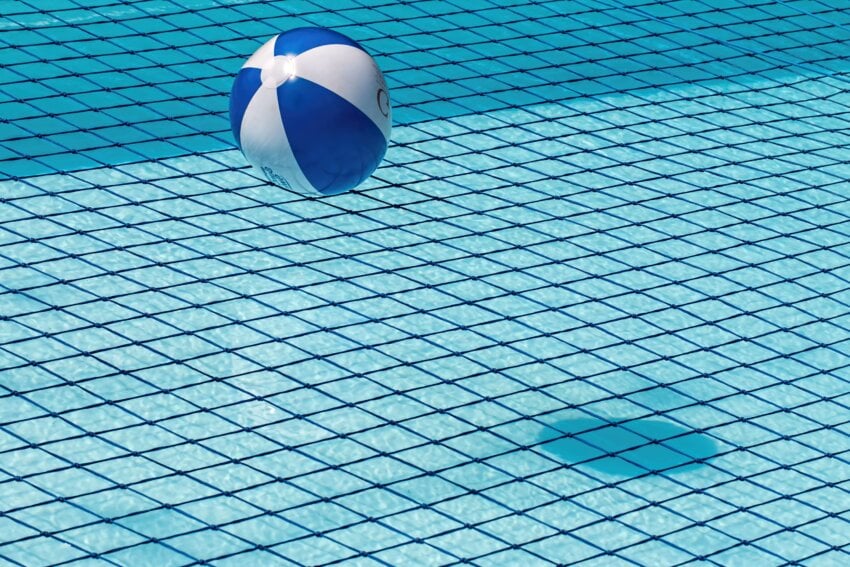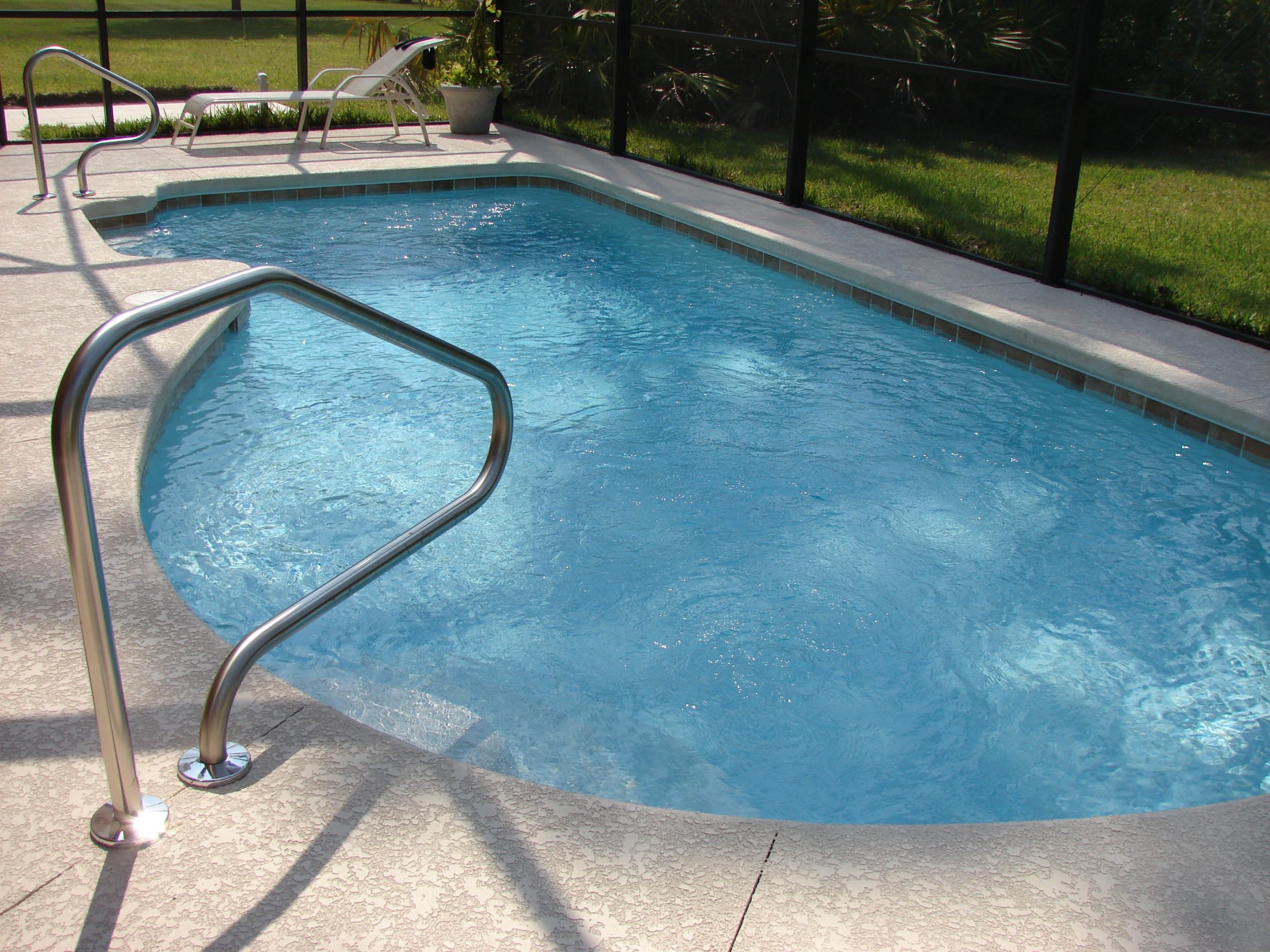How to Monitor the Cleanliness of Your Pool Water
Contents
– How to analyze swimming pool water?
– Pool water analysis: parameters to be monitored
– Price of pool water analysis
It is necessary to analyze your pool water regularly and to adapt the various treatments accordingly to create a safer setting.
Clearwater not only feels and looks better, but regular pool maintenance is crucial for your health. Swimmer’s itch, a skin irritant brought on by parasites in untreated water, is one of the significant health effects of untreated or unclean water.
How do you analyze your pool water?
All these pool water analyses can be carried out using:
– Colorimetric tests: this is the simplest method. Dipping strips in a bottle containing the pool water would be best. Also, it would be okay if you wet all the reagents (colors) on the paper and then compare them with the reference colors in the bottle.
– Tablets or liquid reagents: place a tablet or a few drops of reagent in a bottle containing your pool water. Then compare the color of your water with the reference scale. There are tablets and reagents for pH, chlorine, or bromine.
– Electronic testers: electronic devices have an electrode that must be dipped into the water. The result will be displayed on the screen.
Caution: carry out your pool water analyses in a dry place. The reagents must not come into contact with any other liquid. Close the bottle immediately after use, and do not use expired products.
Pool water analysis: parameters to monitor

These three measurements determine the balance of the water, which is why you should regularly analyze your pool water.
1. The pH
The pH, or hydrogen potential, determines the concentration of hydrogen ions in the water. Water should be neutral, i.e., around 7.
Ideally, the pH of your pool water should be between 7.2 and 7.6:
– below 7.2, your water tends to be acidic (irritation);
– above 7.6, your water tends to be alkaline (conducive to algae).
A colorimetric test is used to determine the pH. Following the result, you can add pH+ (soda ash) or pH- (sodium acid sulfate) sold in shops.
You can also purchase an automatic pH regulator to be installed in your pool’s filtration circuit.
2. The tH
The tH or hydrotimetric titer determines the hardness of your pool water, i.e., its calcium and magnesium salt content.
It must be between 10 and 30 °f. :
– Below 10°f., the water is soft and rather corrosive, so calcium or magnesium carbonate should be added.
– Above 30°f., the water is hard or chalky, scale forms quickly, and the equipment must be cleaned more regularly. It is possible to soften the water with a water softener.
3. The TAt
The TAt (Total Alkalimeter titer) is the alkalinity, also known as the buffering capacity, of the pool, which is its capacity to absorb changes in the pH of the water. It represents the content of carbonate, bicarbonate, etc., in the water.
The TAt must be between 10 and 25°f. If it is below 10°f., you can add sodium bicarbonate.
Price of pool water analysis
Colorimetric strips are cheap, and you can buy a pack of 50 strips for $15. Different strips can be used to measure both water pH, tH, and TAt.
Liquid tablets or reagents cost about $60 for a kit containing bottles, vials, and graduated containers.
On the other hand, an electronic tester will cost between $30 and $120.
Hope this article helps you monitor the cleanliness of your pool water. Please, remember to share your experience in the comments below.






1 Comment
[…] How to Monitor the Cleanliness of Your Pool Water? […]